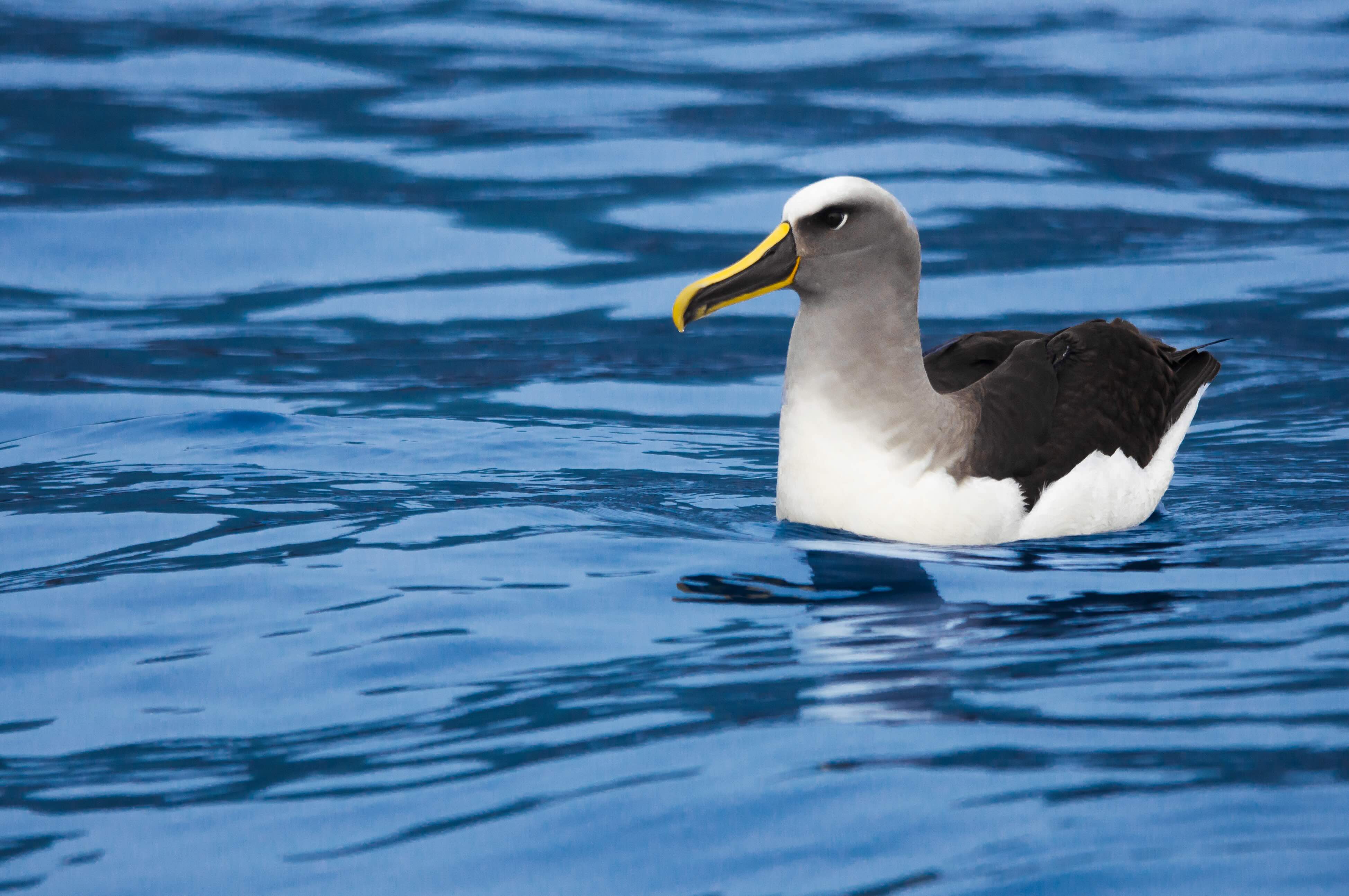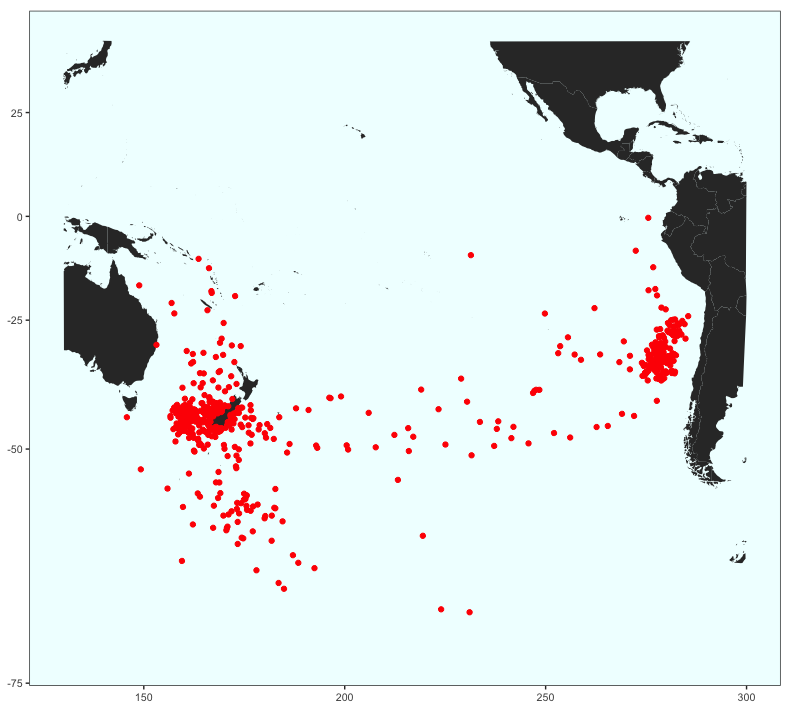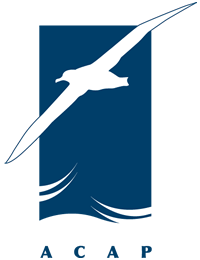 A Buller’s Albatross floating on the water; photograph by Enzo M.R. Reyes
A Buller’s Albatross floating on the water; photograph by Enzo M.R. Reyes
Enzo M.R. Reyes (Marine Bycatch and Threats Team, Department of Conservation, National Office, Aotearoa New Zealand) and colleagues have published in the journal Notornis on the movement of Thalassarche albatrosses and Procellaria petrels between New Zealand and Ecuador.
The paper’s abstract follows,
"Albatrosses and petrels are among the most endangered seabird species worldwide. They face threats such as plastic ingestion, bycatch in fisheries, invasive predators at breeding sites, light pollution, and climate change. Many seabird species from Aotearoa New Zealand migrate to the eastern Pacific waters during the non-breeding season, following the abundant food availability of the Humboldt current. In this article, we compile observations of Thalassarche and Procellaria petrels in Ecuadorian waters from five information sources such as incidental tourist vessel observations, incidental fishermen observations, beach patrols, seawatching and GLS loggers. We provide strong evidence of the presence of Salvin’s albatross and White-chinned petrel in Ecuador, two species previously considered hypothetical for the country’s official bird list. Additionally, we present photographic evidence of a live Southern Buller’s albatross in Ecuador and document further observations of the black petrel, including its interactions with local fisheries. These records emphasize the importance of enhancing monitoring efforts to gain a deeper understanding of the ecology and conservation of Ecuador’s seabirds. They also highlight the necessity and advantages of collaboration between New Zealand and Ecuador concerning highly mobile bird species."

Figure 3. b) from the paper. Salvin’s albatross track during October 2018 to October 2019 from New Zealand Hauriri Bounty Islands colonies in the subantarctic islands to South America and reaching Ecuadorian waters.
The paper is available to download at the Ornithological Society for New Zealand's website.
Reference:
Reyes, E.M.R., Giovanardi, S., Suarez-Espin. G., Haase, B., Rexer-Huber, K., Parker, G., Sagar, P. & Fischer, J.H. 2024. Where do some Aotearoa New Zealand seabirds go? Records of Thalassarche albatrosses and Procellaria petrels in Ecuadorian waters. Notornis 71(3): 69–75.
11 December 2024

 English
English  Français
Français  Español
Español